The Gigabit Challenge is upon us. Customers want to know that their installations are going to hold up under gigabit data rates, meeting the needs of the latest data-hungry multimedia applications. They want their networks providing bandwidth for servers to keep teleconferencing, bulk data transfer, and other demanding applications running at full throttle.
Many customer applications will quickly reveal bandwidth problems through degraded video images, slow database response, and even manufacturing floor or distribution center problems. What installation customers want to see is evidence that they’re solid: they want documented tests that show that the cabling is properly installed and performance characteristics are as expected but more than that, they want to know that the cabling is proven.
Customers need to see that data flows over their network cable at gigabit speeds. They want to see that data performance using the more advanced gigabit signaling meets standards requirements, and real-world IP network activity is strong and reliable: packets are transiting with integrity, ping tests are strong, and retransmit times are at a minimum. Testing reports can show that the network is robust and ready before the customer switches to production and signs off on the network.
Watching the Build with Test Equipment
Teamwork between network construction and testing technicians is the best way to quickly build and test network cabling installations. Test techs use easy to operate and affordable testing instruments to verify that the build is making progress without wiring, error rate, or noise faults, and build techs quickly correct any problems that show up. Since end users now expect gigabit speeds from cable installs, cable installers need to actively test to that performance level as they build, and be aware of new problems which can occur. The higher data rates, increased noise susceptibility, and sensitivity to cable characteristics at higher speeds all present a learning curve for everyone during testing, and plenty of usable test data helps understand problems.
Gigabit-level services are rolling out in many systems to support data-hungry users. Tech-savvy customers will be aware if the quality of service (QoS) is degraded, and network techs will be quick to identify substandard cabling problems in their root cause analysis of customer issues. Confidence in cable installations comes from not from purely theoretical testing, but from putting the system to the test. Testing equipment which covers basic wiring faults, Bit Error Rate (BER), Signal to Noise Ratio (SNR), and Delay Skew ensure that basic cable installation performance is able to support gigabit Ethernet.
Real-World Tests Prove the Network
The new signaling technologies that support high speed traffic are demanding, and there’s only one way to know for sure that your network is robust: simulating active networking and data traffic at full speed builds confidence that the cable actually works. Testing technicians also need to check whether address resolution and data transfer in standard packet sizes works reliably, whether ping requests are consistently returned, and other IP protocol activity works as expected, locally and over network equipment. Other technologies such as PoE need to be verified as needed.
For 80-90 percent of customers, running basic cable quality and functional networking tests and presenting clear documentation is enough for signoff. For the remaining 10-20 percent of customers, full certification with detailed spectral analysis of the cable system is required for contractual reasons. Installers will need to use a more costly traditional certifier device, calibrated to laboratory standards at significant annual cost typically running over $1000, to meet these requirements.
Supporting installation teams, traditional certifier devices can be shared and used to guarantee the final product meets required specifications: the installation that has already been verified by teams using modern multifunction cable testing devices which cost much less than classic devices, and are focused on supporting cable build and debug with a full battery of basic and functional tests.
Support Teams with Available Test Equipment
At as much as one-fifth the cost of a laboratory maintained device, multifunction devices can be used to keep the build on track, generate data, watch for faults, and provide detailed reports that show thorough cable testing from wiring and electrical characteristics to performance at full gigabit speed. Full project or stage-based signoff is often easier when teams have easy access to these devices for acceptance testing as well as system construction.
The Net Chaser™ is a USA-made product designed for robust cable system testing to 802.3 standards. The Net Chaser™ is a practical solution when it’s time to complete the project by testing the gigabit performance of the cable system and the functionality of a network running on the installed cable and network equipment. Aimed at confidence and reliability, it provides specific tests rather than general “sweeps” of the cable, and reports whether the cable is up to the job, not whether it “theoretically” is.









